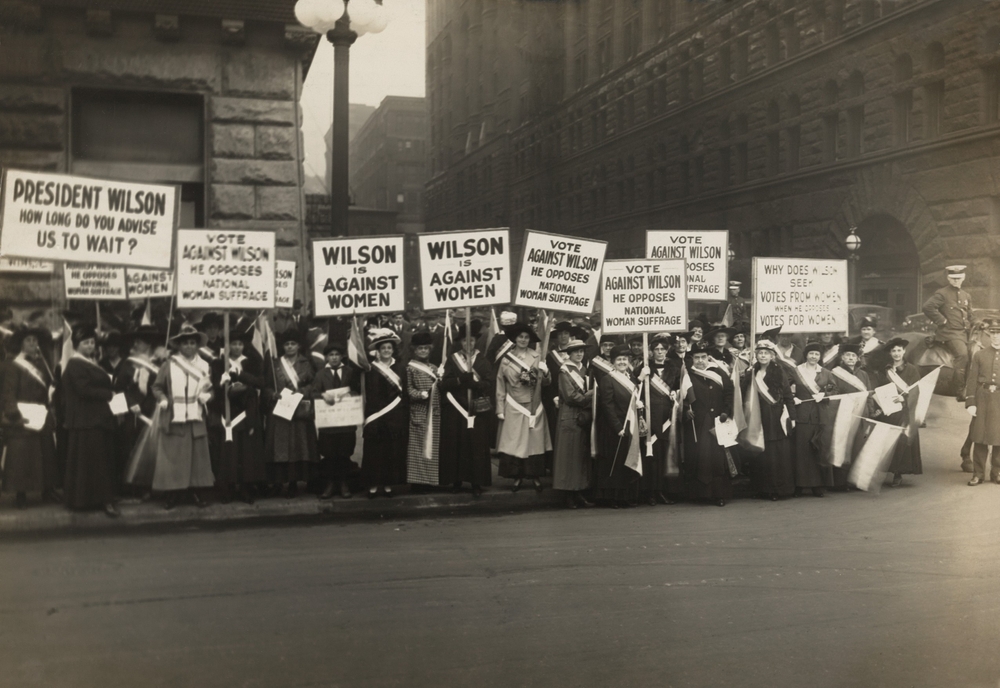Celebrating 100 Years of the 19th Amendment and Women’s Right to Vote
On August 18, 1920, the United States ratified the 19th Amendment, and today we celebrate 100 years of women’s suffrage.

Today is a day celebrating the great pioneers of the 1920s. According to the National Archives, the women’s suffrage movement started in the mid-19th century, and it took women decades to achieve their goal.
These women taught us the power of determination and assembly. Supporters of this movement marched, wrote, lectured, lobbied, and practiced civil disobedience.

In 1878, the 19th Amendment was first proposed to Congress, but took 41 years for both houses to pass the bill. Susan B. Anthony, born in Massachusetts, is one of the most well-known women of the suffrage movement.

Once she moved to New York, William Lloyd Garrison and Frederick Douglass inspired her to become an activist. Anthony was determined to help end slavery and give women the rights they deserved.

In 1872, Anthony did what no other women had yet done: vote. She was arrested and fined 100 dollars for her actions. This occurrence is what launched the suffrage movement nationwide.

We also can’t forget that discriminatory laws didn’t allow African American women to vote until the 20th century.
100 years ago, the #19thAmendment was ratified into our nation’s constitution, giving women the right to vote.
But women of color were denied this right for years & still face barriers today. We must remain committed to ensuring equality when it comes to voting. #WomensVote100
— NY AG James (@NewYorkStateAG) August 18, 2020
African American women were involved in the movement as much as white women. Many of these women rallied and organized marches to gain the rights they also deserved.
Many of the women of color who participated in the movement have not gotten the acknowledgment they deserve. It is up to us to keep their names and stories known to all who learn from this movement. Ida B. Wells is one of those women.

Wells was born into slavery in the state of Mississippi. Due to the abolishing of slavery, she was freed six months after being born. She then studied at Rust University and started teaching at the age of 14. As she grew older, she became more involved in the fight for suffrage.

When Ida B. Wells traveled to Washington to march for women’s suffrage she was told southern delegates wanted her at the end of the march because she was Black.

When Ida B Wells went to Washington to march for women’s suffrage she was told southern delegates wanted her at the end of the march because she was Black.
She pretended to do that, but then joined her Illinois delegation linking arms with two white women. Nobody could stop her. pic.twitter.com/Njv6upXr3O
— Arlen Parsa (@arlenparsa) August 18, 2020
Wells continued fighting for the right to vote for women of color even after 1920.

We will always keep the history of these amazing women and how they fought for suffrage in mind, don’t forget to do your part and use your voice to vote.







